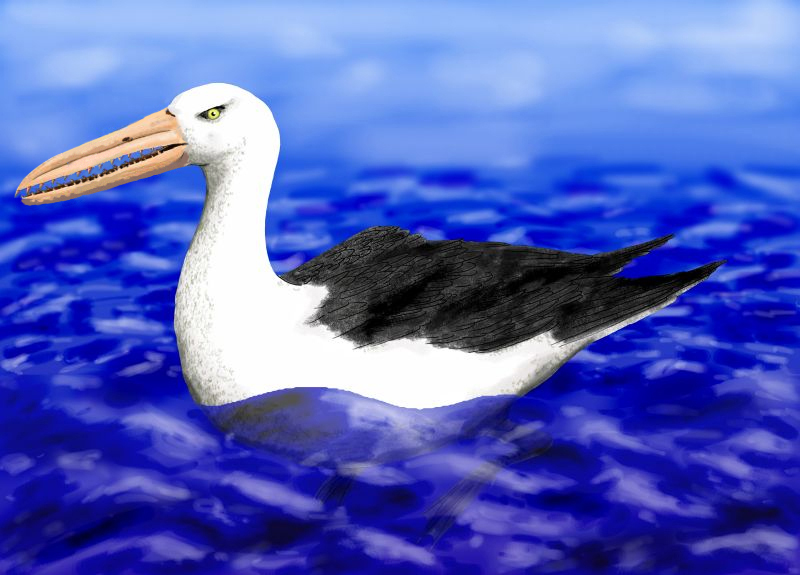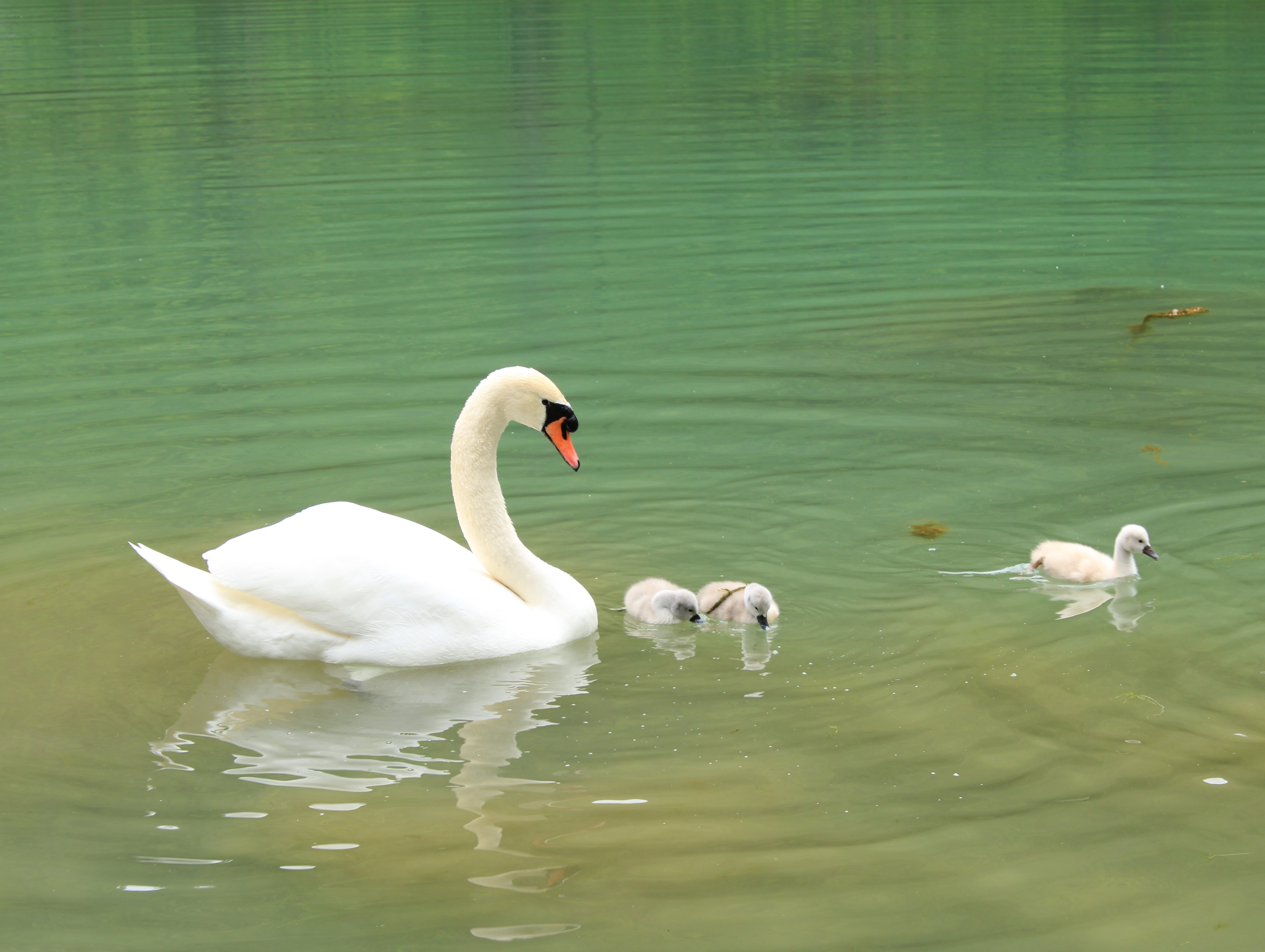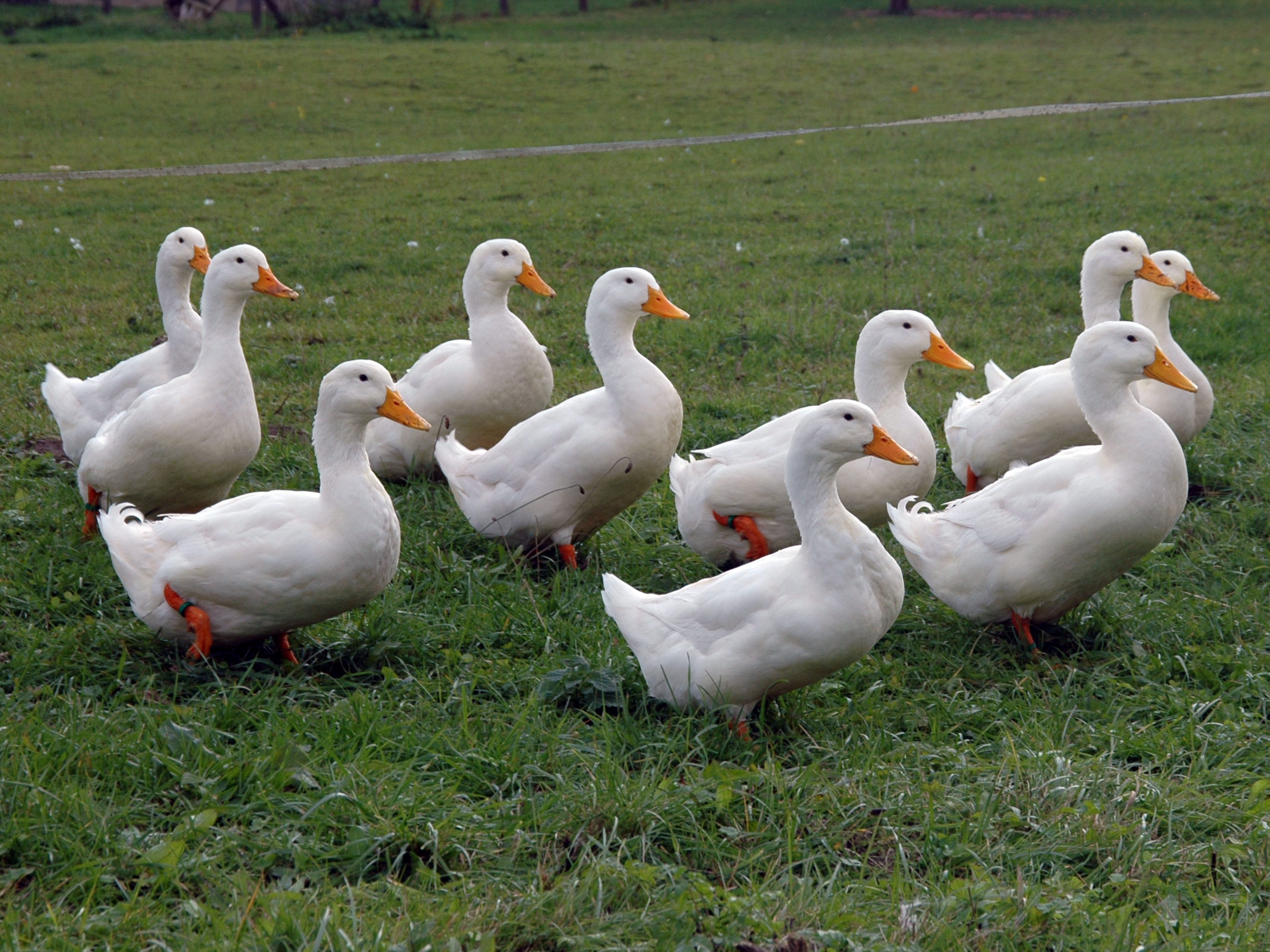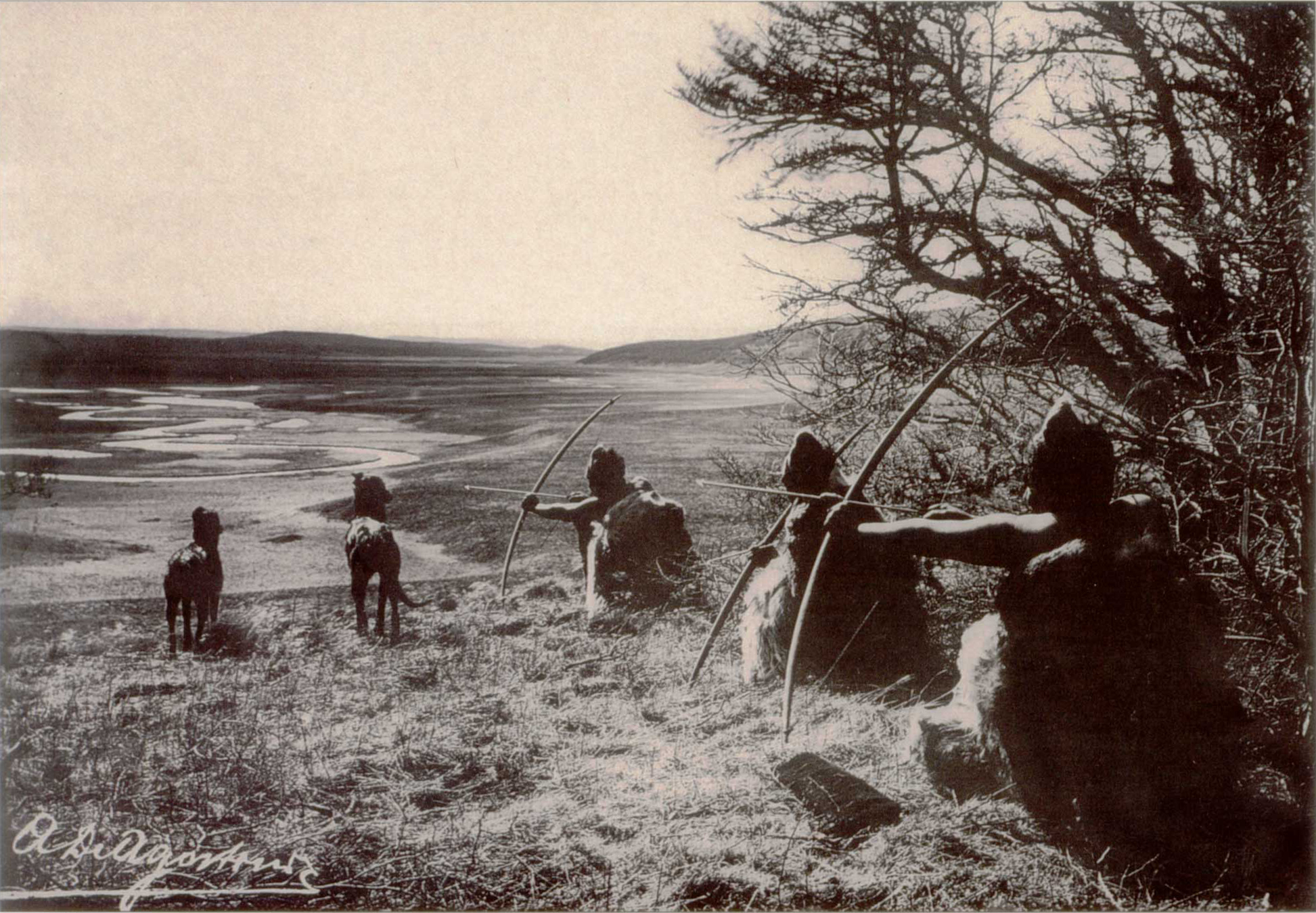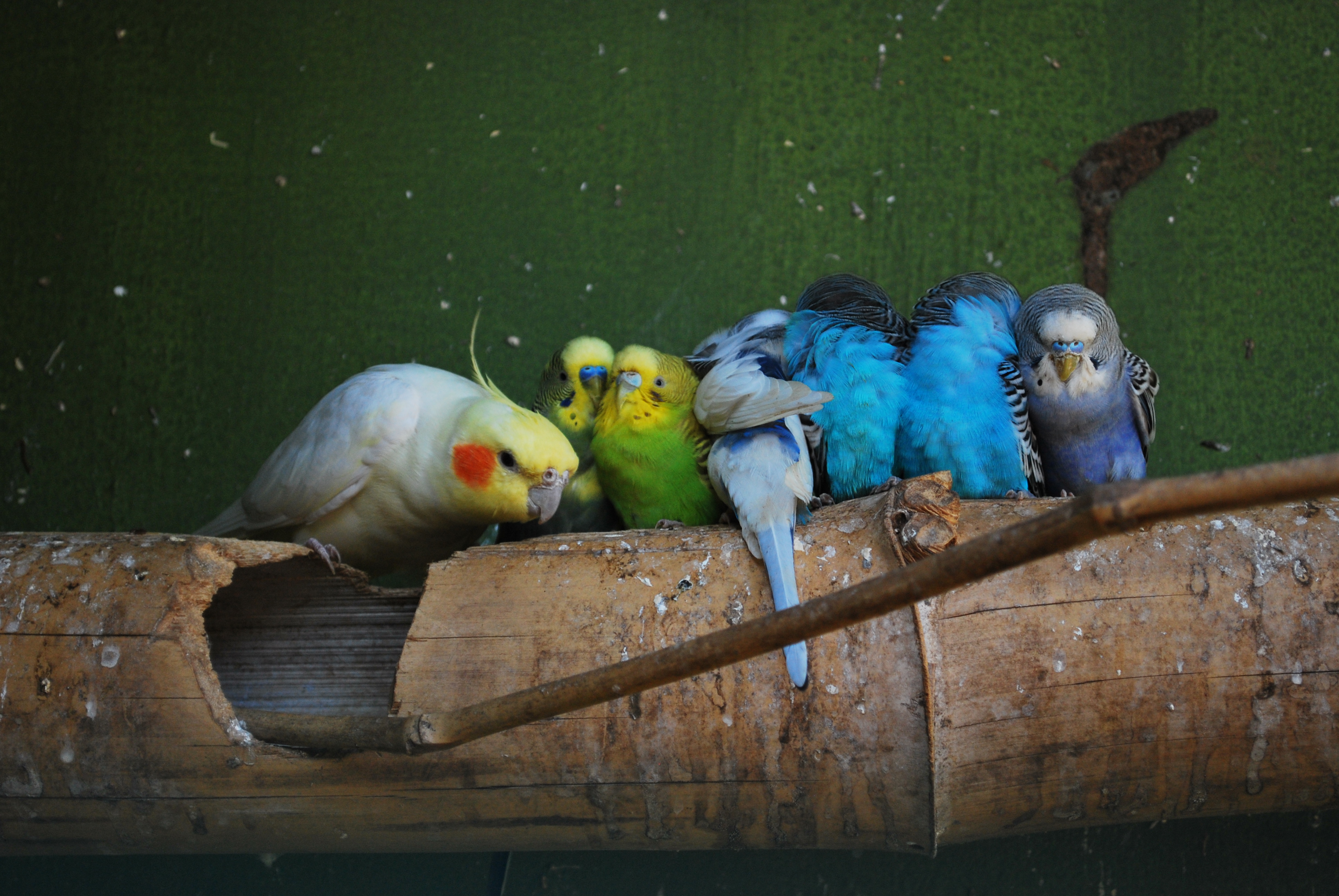|
Coscoroba
The coscoroba swan (''Coscoroba coscoroba'') is a species of waterfowl in the subfamily Anserinae of the family Anatidae.HBW and BirdLife International (2021) Handbook of the Birds of the World and BirdLife International digital checklist of the birds of the world. Version 6. Available at: http://datazone.birdlife.org/userfiles/file/Species/Taxonomy/HBW-BirdLife_Checklist_v6_Dec21.zip retrieved August 7, 2022 It is found in Argentina, Bolivia, Brazil, Chile, Paraguay, Uruguay, and the Falkland Islands.Remsen, J. V., Jr., J. I. Areta, E. Bonaccorso, S. Claramunt, A. Jaramillo, D. F. Lane, J. F. Pacheco, M. B. Robbins, F. G. Stiles, and K. J. Zimmer. Version 24 July 2022. Species Lists of Birds for South American Countries and Territories. https://www.museum.lsu.edu/~Remsen/SACCCountryLists.htm retrieved July 24, 2022 Taxonomy and systematics The coscoroba swan's placement within the family Anatidae is not fully agreed upon, with a 2014 genetic study positing a phylogenetic relati ... [...More Info...] [...Related Items...] OR: [Wikipedia] [Google] [Baidu] |
Waterfowl
Anseriformes is an order of birds also known as waterfowl that comprises about 180 living species of birds in three families: Anhimidae (three species of screamers), Anseranatidae (the magpie goose), and Anatidae, the largest family, which includes over 170 species of waterfowl, among them the ducks, geese, and swans. Most modern species in the order are highly adapted for an aquatic existence at the water surface. With the exception of screamers, males have penises, a trait that has been lost in the Neoaves, the clade consisting of all other modern birds except the galliformes and paleognaths. Due to their aquatic nature, most species are web-footed. Evolution Anseriformes are one of only two types of modern bird to be confirmed present during the Mesozoic alongside the other dinosaurs, and in fact were among the very few birds to survive their extinction, along with their cousins, the Galliformes. These two groups only occupied two ecological niches during the Mesozoic, ... [...More Info...] [...Related Items...] OR: [Wikipedia] [Google] [Baidu] |
Anatidae
The Anatidae are the biological family (biology), family of water birds that includes ducks, goose, geese, and swans. The family has a cosmopolitan distribution, occurring on all the world's continents except Antarctica. These birds are adapted for aquatic locomotion, swimming, floating on the water surface, and, in some cases, diving in at least shallow water. The family contains around 174 species in 43 genus, genera (the magpie goose is no longer considered to be part of the Anatidae and is now placed in its own family, Anseranatidae). They are generally herbivorous and are monogamy in animals, monogamous breeders. A number of species undertake bird migration, annual migrations. A few species have been domesticated for agriculture, and many others are hunted for food and recreation. Five species have become extinct since 1600, and many more are threatened with extinction. Description and ecology The ducks, geese, and swans are small- to large-sized birds with a broad and elo ... [...More Info...] [...Related Items...] OR: [Wikipedia] [Google] [Baidu] |
Anserinae
The Anserinae are a subfamily in the waterfowl family Anatidae. It includes the swans and the true Goose, geese. Under alternative systematics, systematical concepts (see e.g., Terres & NAS, 1991), it is split into two subfamilies, the Anserinae contain the geese and the ducks, while the Cygninae contain the swans. Systematics Swans (Tribe Cygnini) *Genus ''Cygnus (genus), Cygnus'' – true swans: The black-and-yellow-billed swans are sometimes separated in the genus ''Olor''. *Genus †''Afrocygnus'' (Miocene of North Africa) *Genus †''Annakacygna –'' short-winged swans (Miocene of Japan) *Genus †''Megalodytes'' (Miocene of California) True geese (Tribe Anserini) *Genus ''Anser (genus), Anser'' – grey and white geese *Genus ''Branta'' – black geese (including †''Branta rhuax, B. rhuax'', formerly placed in ''Geochen'') Unresolved *Genus ''Coscoroba'' – coscoroba swan These two genera are distinct from other geese and often elevated to a subfamily of their own ... [...More Info...] [...Related Items...] OR: [Wikipedia] [Google] [Baidu] |
Swan
Swans are birds of the genus ''Cygnus'' within the family Anatidae. The swans' closest relatives include the goose, geese and ducks. Swans are grouped with the closely related geese in the subfamily Anserinae where they form the tribe (biology), tribe Cygnini. Sometimes, they are considered a distinct subfamily, Cygninae. They are the largest Anseriformes, waterfowl and are often among the largest Bird flight, flighted birds in their range. There are six living and many extinct species of swan; in addition, there is a species known as the coscoroba swan which is no longer considered one of the true swans. Swans usually mate for life, although separation sometimes occurs, particularly following nesting failure, and if a mate dies, the remaining swan will take up with another. The number of bird egg, eggs in each :wikt:clutch, clutch ranges from three to eight. Taxonomy and terminology The genus ''Cygnus'' was introduced in 1764 by the French naturalist François Alexandre Pier ... [...More Info...] [...Related Items...] OR: [Wikipedia] [Google] [Baidu] |
American Pekin
The Pekin or White Pekin is an American list of duck breeds, breed of domestic duck, raised primarily for duck meat, meat. It derives from birds brought to the United States from China in the nineteenth century, and is now bred in many parts of the world. It is often known as the American Pekin to distinguish it from the German Pekin, a distinct and separate breed which derives from the same Chinese stock but has different selective breeding, breeding. Many of these ducks were reared on Long Island, New York (state), New York, in the late nineteenth and early twentieth centuries, from which the breed derived its name Long Island Duck. History The mallard was domesticated in China some 3000 years ago, and possibly much earlier. Force-feeding of ducks is documented from the tenth century, under the Five Dynasties. The Chinese were sophisticated breeders of ducks; among several breeds they created was one named ''shi-chin-ya-tze'' (十斤鴨子), which roughly translates to "ten ... [...More Info...] [...Related Items...] OR: [Wikipedia] [Google] [Baidu] |
Clements Taxonomy
''The Clements Checklist of Birds of the World'' is a book by Jim Clements which presents a list of the bird species of the world. The most recent printed version is the sixth edition (2007), but has been updated yearly, the last version in 2024, and is published by Cornell University Press. Previous editions were published by the author's own imprint, Ibis Publishing. The Cornell Lab of Ornithology has provided annual updates since then, usually in August, and the most recent version is available online in several formats. These updates reflect the ongoing changes to bird taxonomy based on published research. ''Clements'' is the official list used by the American Birding Association for birds globally. eBird eBird is an online database of bird observations providing scientists, researchers and amateur naturalists with real-time data about bird distribution and abundance. Originally restricted to sightings from the Western Hemisphere, the project e ... also uses the ''Cle ... [...More Info...] [...Related Items...] OR: [Wikipedia] [Google] [Baidu] |
Subspecies
In Taxonomy (biology), biological classification, subspecies (: subspecies) is a rank below species, used for populations that live in different areas and vary in size, shape, or other physical characteristics (Morphology (biology), morphology), but that can successfully interbreed. Not all species have subspecies, but for those that do there must be at least two. Subspecies is abbreviated as subsp. or ssp. and the singular and plural forms are the same ("the subspecies is" or "the subspecies are"). In zoology, under the International Code of Zoological Nomenclature, the subspecies is the only taxonomic rank below that of species that can receive a name. In botany and mycology, under the International Code of Nomenclature for algae, fungi, and plants, other infraspecific name, infraspecific ranks, such as variety (botany), variety, may be named. In bacteriology and virology, under standard International Code of Nomenclature of Prokaryotes, bacterial nomenclature and virus clas ... [...More Info...] [...Related Items...] OR: [Wikipedia] [Google] [Baidu] |
Tierra Del Fuego
Tierra del Fuego (, ; Spanish for "Land of Fire", rarely also Fireland in English) is an archipelago off the southernmost tip of the South America, South American mainland, across the Strait of Magellan. The archipelago consists of the main island, Isla Grande de Tierra del Fuego, with an area of , along with numerous smaller islands, including Cape Horn and Diego Ramírez Islands. The western part of the Tierra del Fuego archipelago, about two-thirds including its many islands, is part of Chile, and the eastern part is part of Argentina. The southernmost extent of the archipelago, Cape Horn, lies just north of latitude 56th parallel south, 56°S. The earliest-known human settlement in Tierra del Fuego dates to approximately 8,000 BC. Europeans first explored the islands during Ferdinand Magellan's expedition of 1520. ''Tierra del Fuego'' ("Land of Fire") and similar names stem from sightings of the many fires that the inhabitants built along the coastline and possibly even in ... [...More Info...] [...Related Items...] OR: [Wikipedia] [Google] [Baidu] |
Aviculturist
Aviculture is the practice of keeping and breeding birds, especially of wild birds in captivity. Aviculture Aviculture is the practice of keeping birds (class ''Aves'') in captivity in controlled conditions, normally within the confines of a cage or an aviary. Some reasons for aviculture are: breeding birds as a hobby, a business like a zoo, or sometimes for research and conservation purposes to preserve and protect some endangered avian species that are at risk due to habitat destruction, the illegal wildlife trade, diseases, and natural disasters. Aviculture encourages conservation, provides education about avian species, provides companion birds for the public, and includes research on avian behaviour. Popular birds people like to keep and breed include budgerigars, cockatiels, finches, macaws, domestic canaries, columbidae (pigeons and doves), loriini (lories and lorikeets), cockatoos, conures, and African grey parrots. Avicultural societies In the UK, the Avicultural So ... [...More Info...] [...Related Items...] OR: [Wikipedia] [Google] [Baidu] |
Primary Feather
Flight feathers (''Pennae volatus'') are the long, stiff, asymmetrically shaped, but symmetrically paired pennaceous feathers on the wings or tail of a bird; those on the wings are called remiges (), singular remex (), while those on the tail are called rectrices ( or ), singular rectrix (). The primary function of the flight feathers is to aid in the generation of both thrust and lift, thereby enabling flight. The flight feathers of some birds perform additional functions, generally associated with territorial displays, courtship rituals or feeding methods. In some species, these feathers have developed into long showy plumes used in visual courtship displays, while in others they create a sound during display flights. Tiny serrations on the leading edge of their remiges help owls to fly silently (and therefore hunt more successfully), while the extra-stiff rectrices of woodpeckers help them to brace against tree trunks as they hammer on them. Even flightless birds still re ... [...More Info...] [...Related Items...] OR: [Wikipedia] [Google] [Baidu] |

